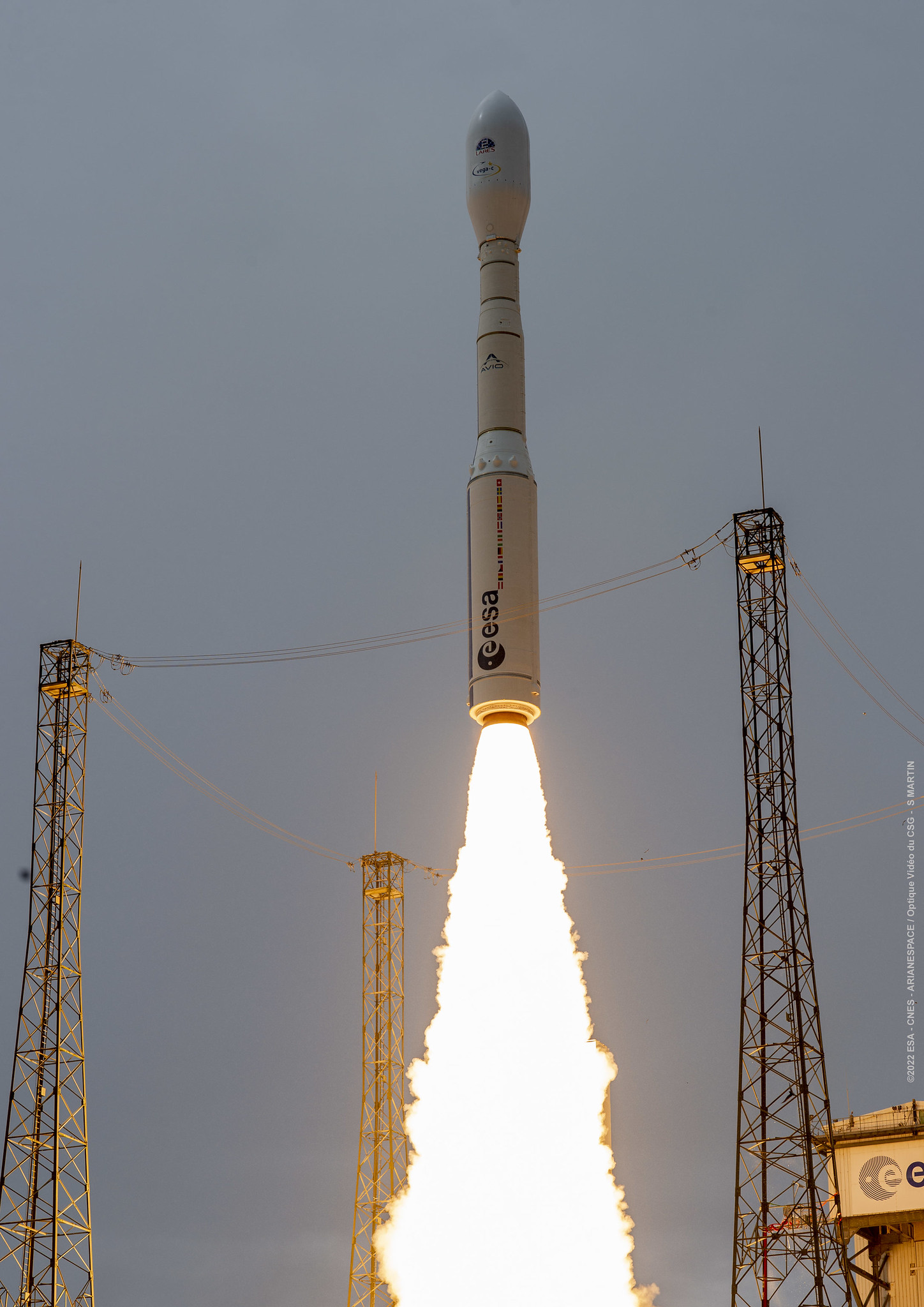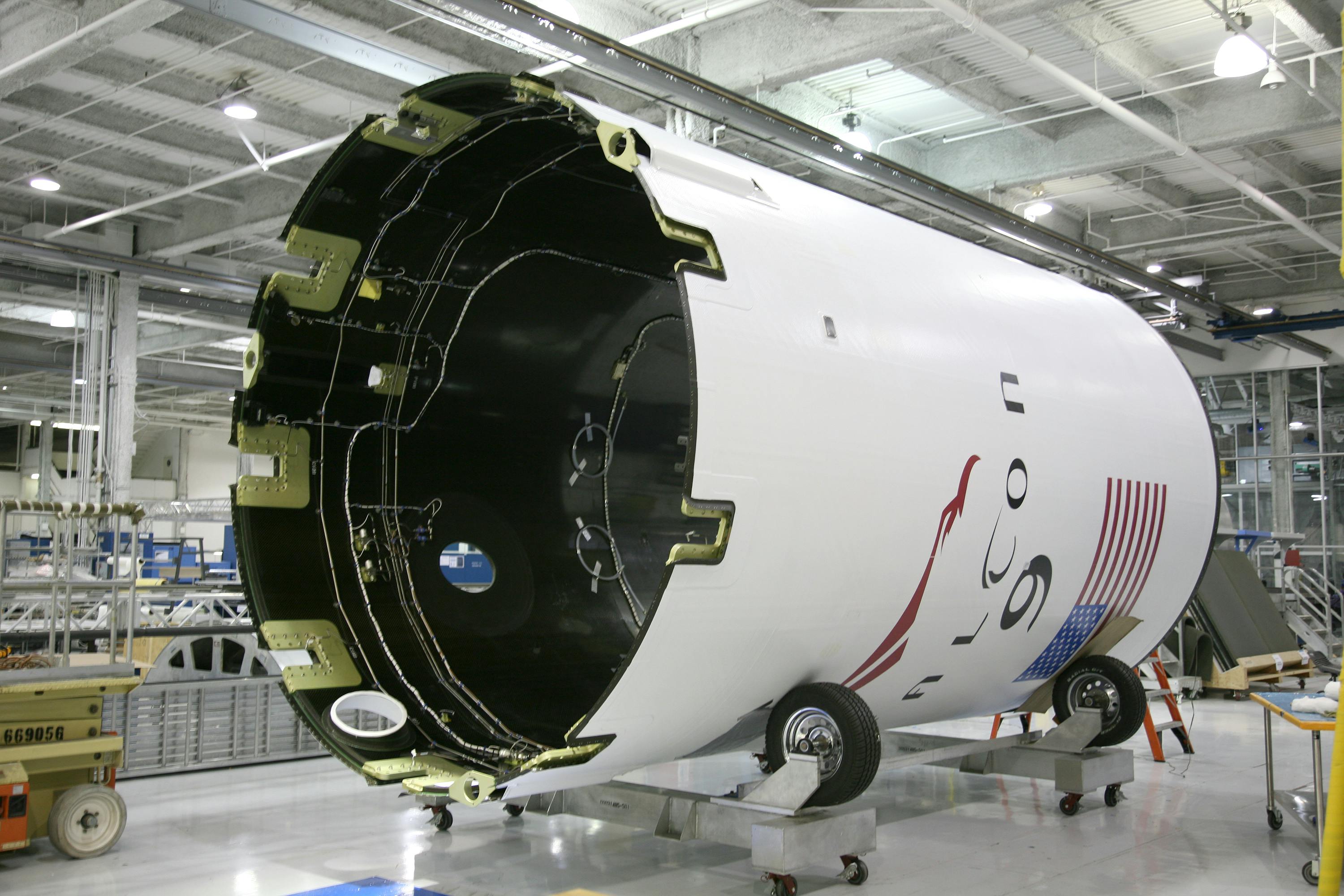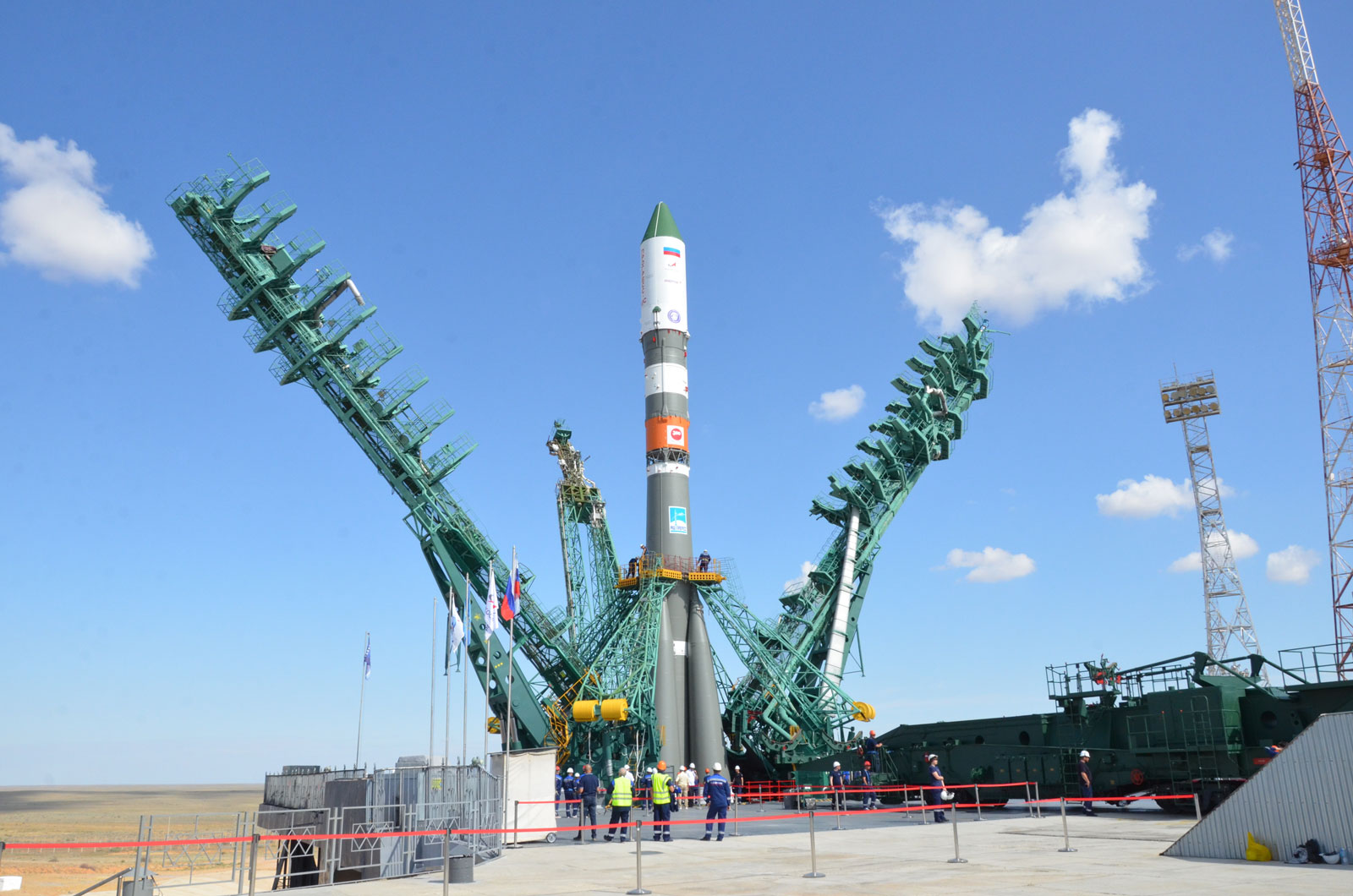· space brief · 5 min read
Space Brief 20 Aug 2025
Today's Space Brief highlights Globalstar's new military focus, technological innovations in the Army's tactical systems, and a deeper look at key military satellite communications developments.

📄Top Stories
The space sector continues to bridge with defense as Globalstar pitches secure communications services to military clients. Innovations in tactical military systems are on the horizon, with the U.S. Army planning a new e-commerce platform for radio technologies, while research towards hybrid and electric military vehicles advances. Meanwhile, the U.S. Navy’s Phoenix II stands poised to redefine nuclear communication capabilities.
📰Detailed Coverage
Globalstar Eyes Military Boost with Satcom Services
Globalstar is expanding its reach into the defense sector by offering secure satellite communication (satcom) services specifically designed for military use. Among their innovations is a “covert” tracker device aimed at enhancing secure communication over military platforms. This move marks a strategic pivot for Globalstar, aiming to establish its presence in the lucrative defense market.
The company’s efforts could significantly impact military satellite tracking capabilities, offering more secure and reliable communication channels critical for defense operations. This diversification not only broadens Globalstar’s portfolio but also strengthens the synergy between space technology and military applications, a trend our satellite tracking web app continues to follow closely.
Read the full story: SpaceNews
Army Develops Marketplace for Tactical Radios
The U.S. Army is working on creating a marketplace for tactical radio capabilities, similar to e-commerce platforms. Dubbed the Common Hardware Software Solutions Tactical Radios (CHESS-TR), this initiative is currently in the conceptual stage at the Army Software Factory. The goal is to streamline access to cutting-edge radio technologies for military use.
This marketplace could enhance the efficiency of acquiring and implementing advanced tactical communication tools, potentially affecting how military assets are tracked and coordinated in the field. As the CHESS-TR develops, it will contribute to a more adaptable and responsive military technology ecosystem.
Read the full story: Breaking Defense
Phoenix II: The Navy’s Nuclear Comms Plane
The EC-130J Phoenix II represents the Navy’s foray into modernizing its nuclear command and control capabilities. Recently rebranded and equipped with a team of contracted specialists, the Phoenix II will soon replace earlier models. However, unlike its predecessor, it may operate with a lighter mission profile.
This aircraft will play a crucial role in secure communication during critical defense operations, ensuring uninterrupted connectivity essential for nuclear strategy execution. Its launch will be closely monitored by experts in military satellite communications and could influence next-generation developments in airborne control systems.
Read the full story: Breaking Defense
Trends in Military Vehicle Electrification
The military vehicle industry is witnessing a cautious shift towards electrification, as the Army reconsiders its focus on hybrid and electric solutions. Despite potential advantages, current priorities appear moderate compared to past years, creating uncertainties within the industry regarding future commitment levels.
As these developments unfold, the pace at which military vehicles integrate electric technologies will ultimately affect logistical operations, including satellite-supported navigation and control systems. These shifts will be pivotal in defining the trajectory for sustainable military transport innovations.
Read the full story: Breaking Defense
Tech Innovations for Drone-Aided Military Operations
The U.S. Army is soliciting technology that will allow it to excel in a drone-dense operational environment, termed the “Air-Ground Littoral” domain. The broad-ranging call includes technologies for unmanned mine-clearers and swarm drones that assist in targeting and attack capabilities.
The integration of these technologies is crucial for advancing military operations and maintaining superiority in complex environments. Enhancements in drone technology supported by sophisticated satellite tracking systems will play a significant role in these strategic developments.
Read the full story: Breaking Defense
Leadership Transition in the Air Force
In a surprising development, Air Force Chief Gen. David Allvin announced his retirement effective by November 1st, contingent upon the confirmation of his successor. This announcement comes amidst a period of significant strategic and technological transition within the Air Force.
The leadership transition is expected to influence ongoing military satellite and airborne systems projects, as Allvin’s successor will steer the future direction of Air Force operations and technology implementations critical for space and cyber domains.
Read the full story: Breaking Defense
🛰️Satellite Spotlight
- Satellite Name: ONEWEB-0665
- NORAD ID: 55825
- Launch Date: March 9, 2023
- Mission: Communication satellite designed to provide high-speed internet services across the globe.
- Orbit: Low Earth Orbit (LEO)
- Operator: OneWeb
- Fun Fact: ONEWEB-0665 is part of OneWeb’s ambitious project to create a global broadband network, aimed at connecting the unconnected.
Track this satellite in real-time on our web app: Track ONEWEB-0665
🚀Upcoming Space Launches
August 20
- Russian Federal Space Agency (ROSCOSMOS) Soyuz 2.1b:
- Bion-M No. 2 from Baikonur Cosmodrome, Republic of Kazakhstan (17:13 UTC) Bion-M is the next generation of Russian biological research satellites, designed to support scientific experiments in space for up to 6 months.
August 21
- Russian Space Forces Angara 1.2:
- Kosmos (Unknown Payload) from Plesetsk Cosmodrome, Russian Federation (08:30 UTC) Unknown classified payload for the Russian military.
August 22
-
SpaceX Falcon 9 Block 5:
- OTV-8 (X-37B) (USSF-36) from Kennedy Space Center, FL, USA (03:40 UTC) Eighth flight of the X-37B program, conducting tests and experiments for next-generation technologies, including laser communications and a quantum inertial sensor.
-
SpaceX Falcon 9 Block 5:
- Starlink Group 17-6 from Vandenberg SFB, CA, USA (15:44 UTC) A batch of 24 satellites for the Starlink mega-constellation.
August 23
-
Blue Origin New Shepard:
- NS-35 from West Texas Suborbital Launch Site, Corn Ranch, Van Horn, TX, USA (12:30 UTC) This flight will carry more than 40 scientific and research payloads to space and back, including NASA’s TechRise Student Challenge experiments.
-
Rocket Lab Electron:
- Live, Laugh, Launch from Rocket Lab Launch Complex 1, Mahia Peninsula, New Zealand (22:30 UTC) The second of two dedicated missions in 2025 for a confidential customer, deploying 5 satellites into orbit.
August 24
-
SpaceX Falcon 9 Block 5:
- Dragon CRS-2 SpX-33 from Cape Canaveral SFS, FL, USA (06:45 UTC) 33rd commercial resupply services mission to the International Space Station, transporting supplies and payloads for scientific research.
-
China Aerospace Science and Technology Corporation Long March 8A:
- Unknown Payload from Wenchang Space Launch Site, People’s Republic of China (19:18 UTC) Details TBD.
-
SpaceX Starship:
- Flight 10 from SpaceX Starbase, TX, USA (23:30 UTC) 10th test flight of the two-stage Starship launch vehicle.
August 26
- SpaceX Falcon 9 Block 5:
- NAOS from Vandenberg SFB, CA, USA (18:53 UTC) Launching Luxembourg’s National Advanced Optical System for high-resolution imaging, along with Dhruva Space’s LEAP-1 and several other payloads.
Note: Launch dates and times are subject to change due to technical or weather considerations.

Maurice Stellarski




